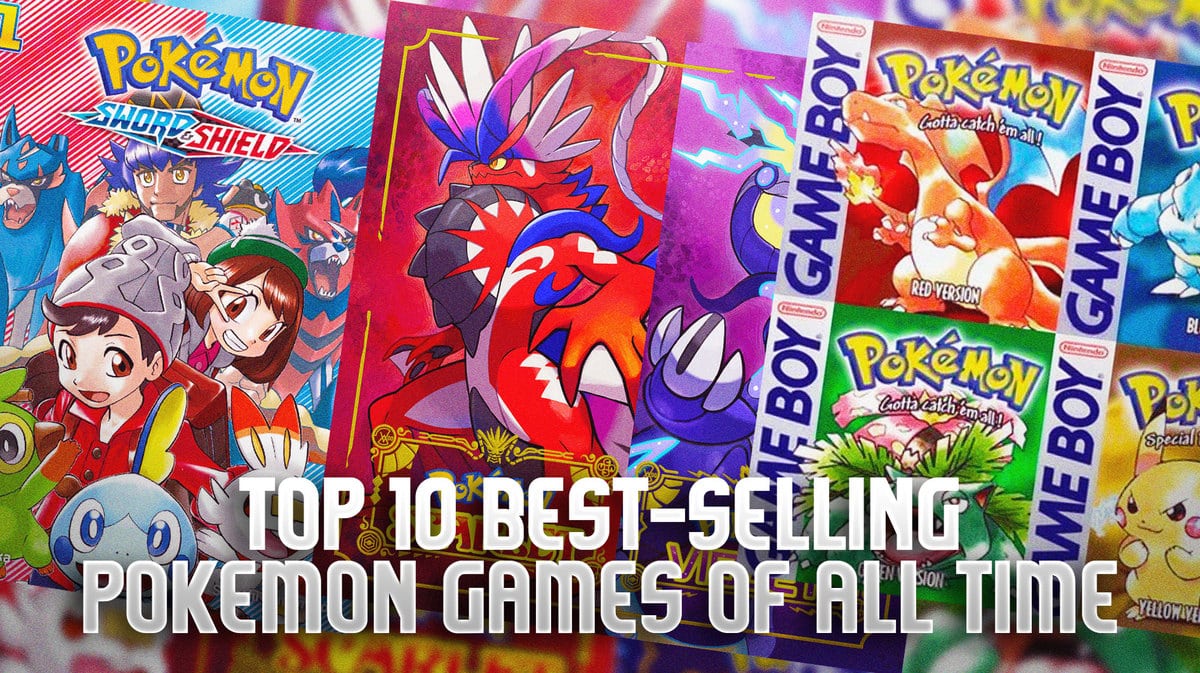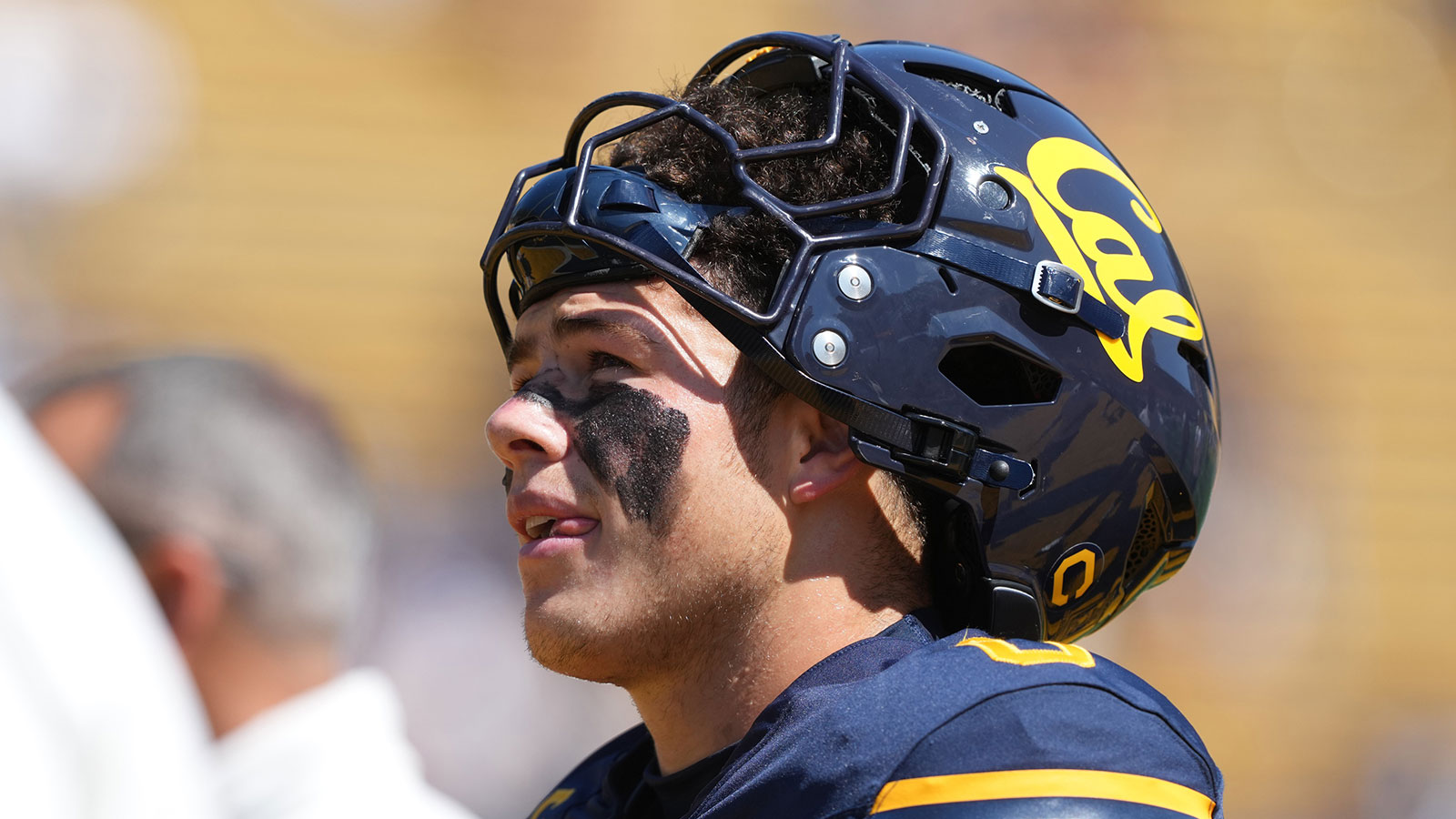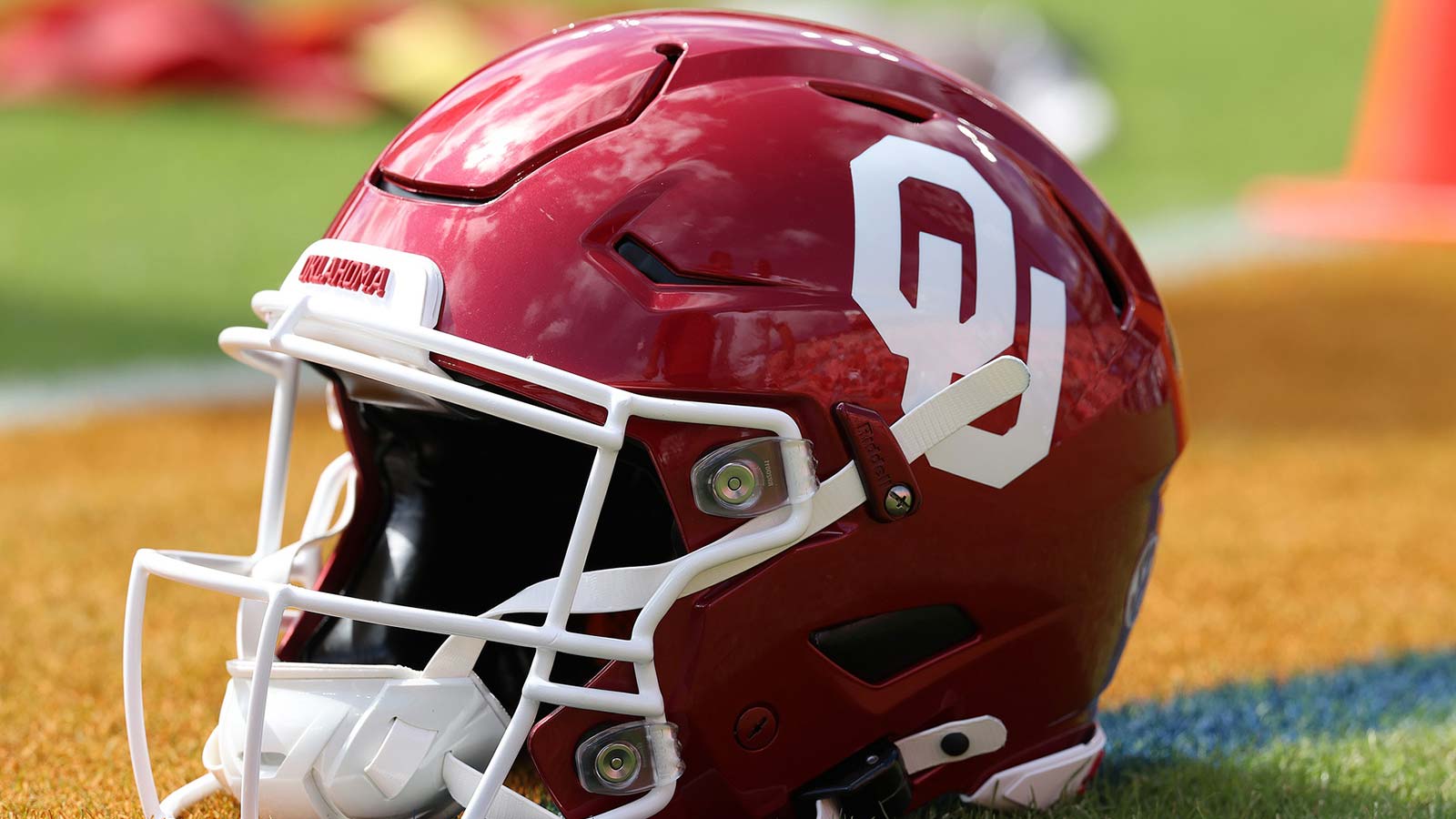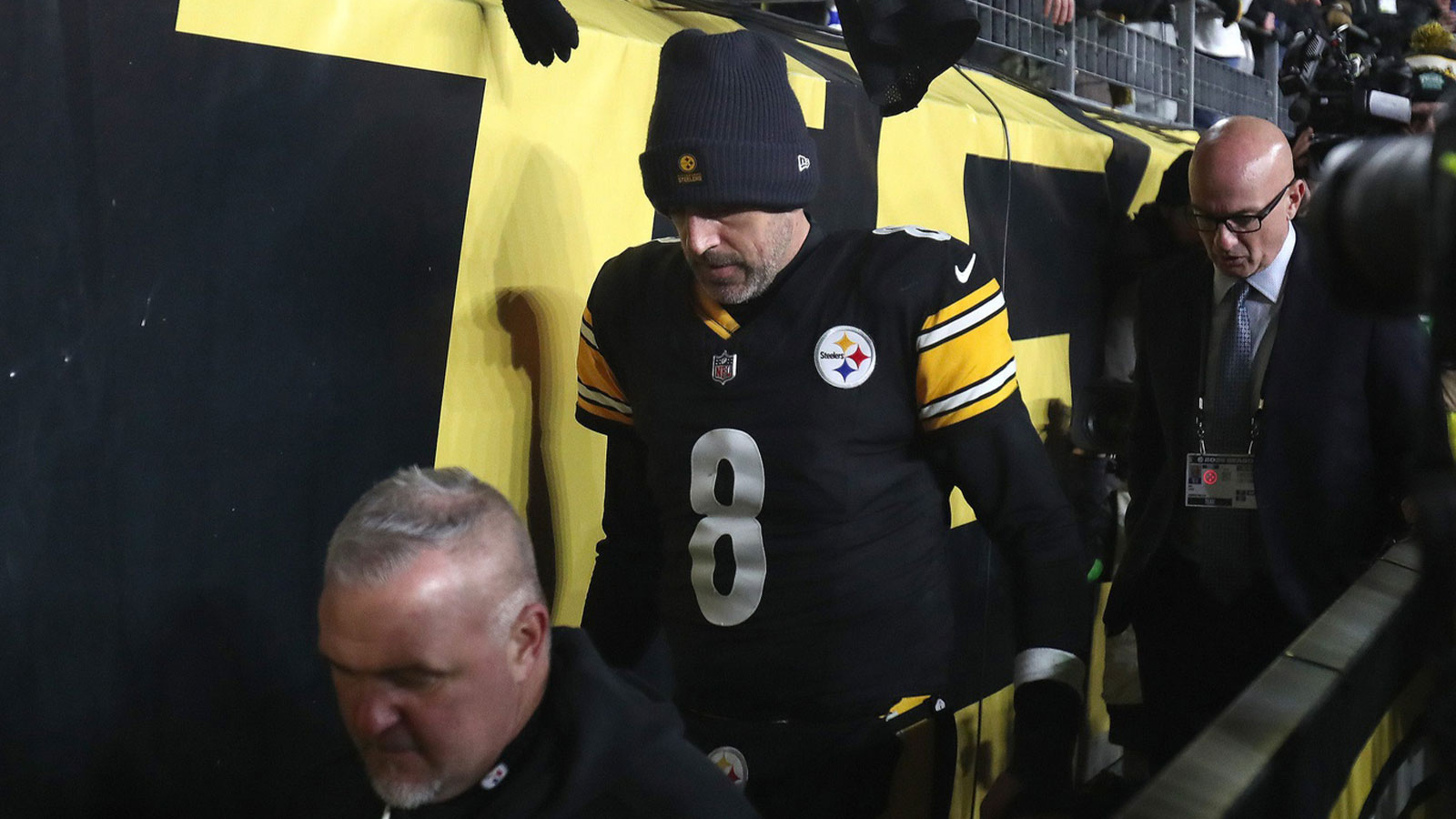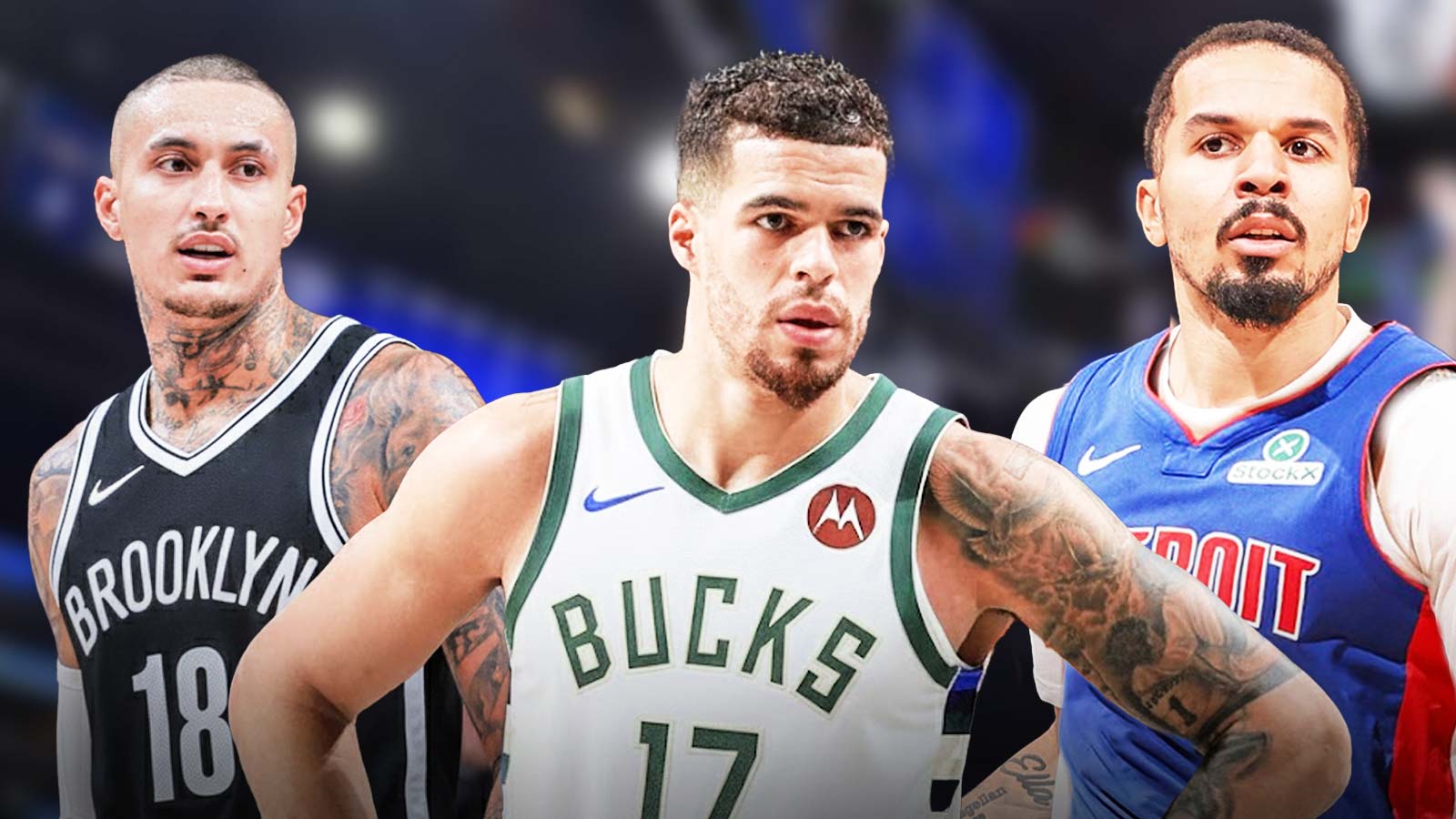The Pokemon franchise, since its debut in 1996, has evolved into a cultural and economic juggernaut, captivating players across generations. A recent study by the casinos comparison web portal fr-casinospot reveals the top 10 best-selling Pokemon games of all time, with Pokemon Sword & Shield leading the pack.
Pokemon Sword & Shield (2019, Nintendo Switch, $1.555 billion):
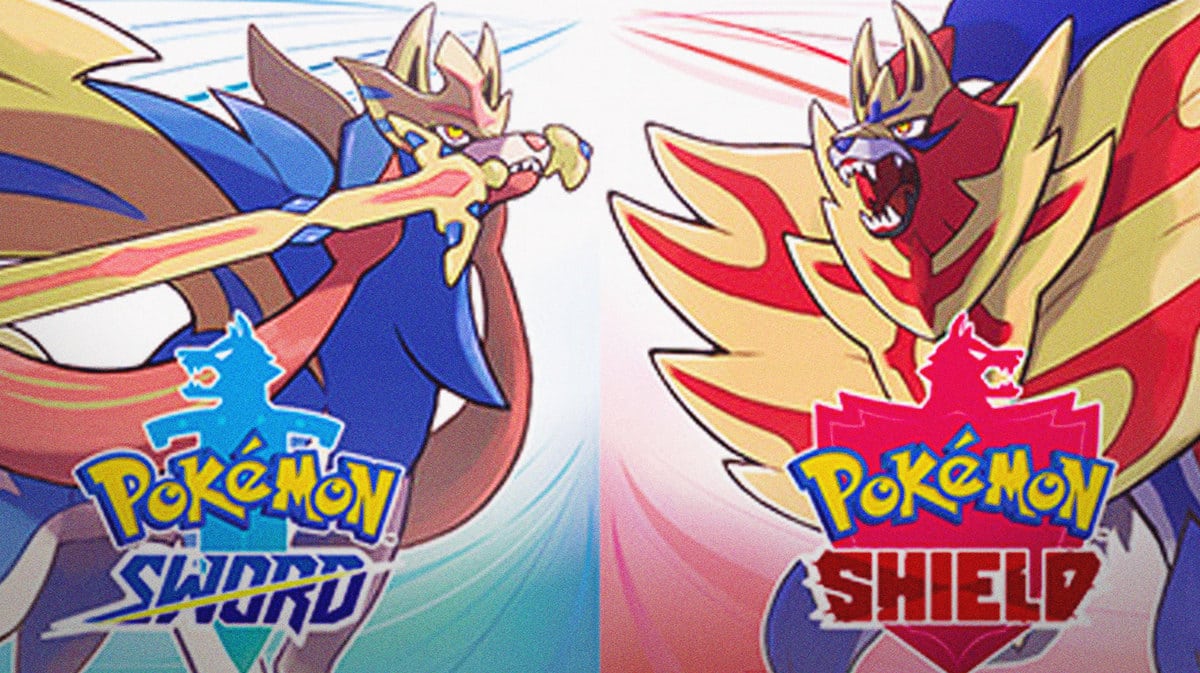
The commercial success of Pokemon Sword & Shield, marked by $1.555 billion in gross revenue, showcases its standing as a pivotal evolution of the series. These titles introduced the Galar region, an area inspired by the United Kingdom, bringing with it a new roster of Pokemon and the novel Dynamax and Gigantamax transformations. The Wild Area, a new exploration feature, and the significant shake-up of the series' formula by replacing the traditional Elite Four with the Champions Cup also contributed to its acclaim.
Innovations in Sword & Shield further extend to multiplayer interactions. The Max Raid Battles allowed players to cooperatively face off against giant Dynamax Pokemon, while the competitive scene was revitalized by the Dynamax mechanic, which temporarily increases a Pokemon's size and strength. These features, along with accessibility improvements for new and seasoned players alike, have cemented Sword & Shield's reputation as a forward-thinking entry in the Pokemon franchise.
Pokemon Scarlet & Violet (2022, Nintendo Switch, $1.359 billion):
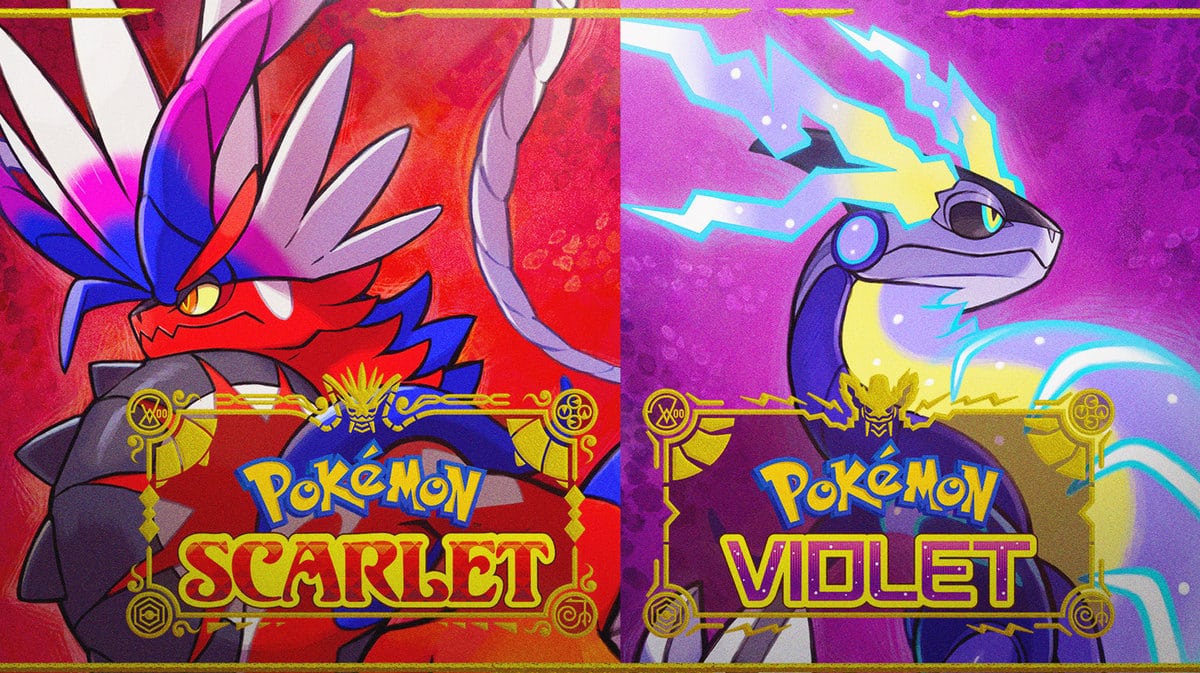
Pokemon Scarlet & Violet have made a considerable impact with $1.359 billion in revenue, thanks to their open-world concept which marked a significant technological advancement for the series. These games allowed for a fluid experience where players could explore the environment and engage in Pokemon battles without transitions, and featured co-op gameplay where up to four players could explore simultaneously.
Additionally, the narrative approach of Scarlet & Violet was innovative, offering players the freedom to navigate through three main storylines in any sequence, a departure from the more linear story arcs of previous titles. This non-linear progression, along with new Pokemon and the expanded player customization options, signified a leap towards a more personalized and replayable adventure in the Pokemon universe.
Pokemon Red / Green / Blue (1996, Game Boy, $1.271 billion):
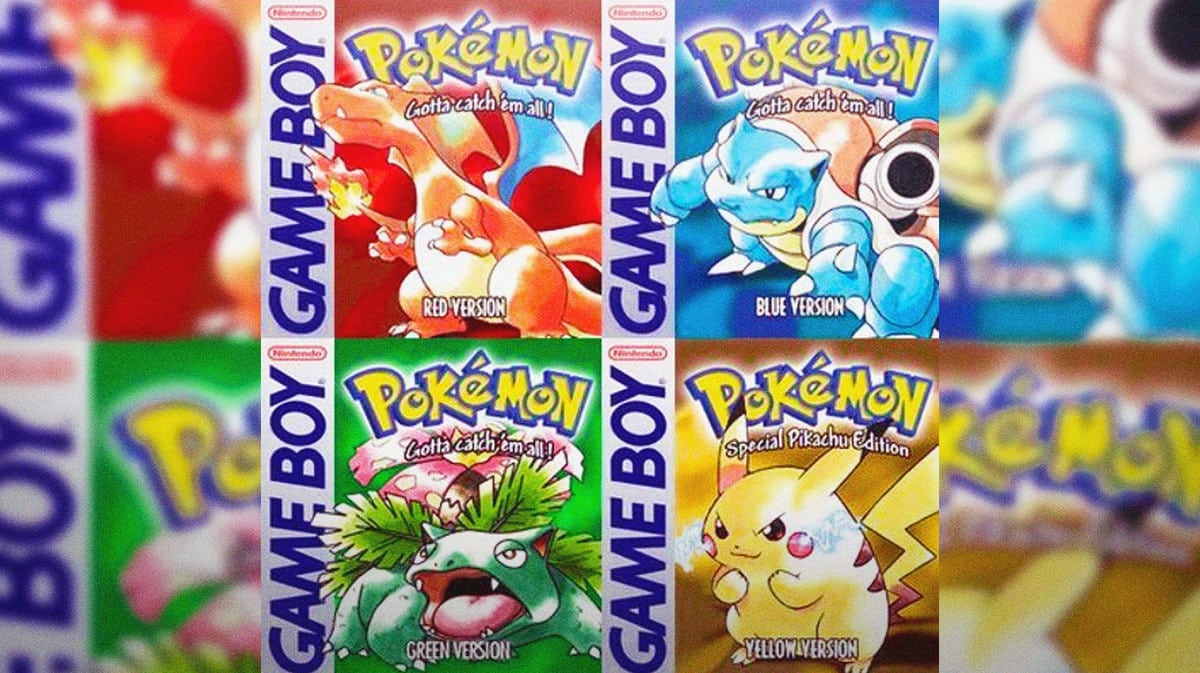
Pokemon Red, Green, and Blue set the stage for the franchise, garnering $1.271 billion and becoming a cultural touchstone. They introduced the basic premise that would define the series: catching a diverse array of Pokemon and battling to become the Champion, all while encountering the malevolent Team Rocket. These games also pioneered the concept of trading Pokemon through the Game Boy's Link Cable, encouraging a community-oriented aspect to gameplay.
These foundational titles not only created a template for future games but also spurred a global craze. With the original 151 Pokemon and memorable characters like Pikachu, they established a formula that has been celebrated, iterated upon, and expanded in the franchise's subsequent decades.
Pokemon Gold & Silver (1999, Game Boy Color, $1.016 billion):
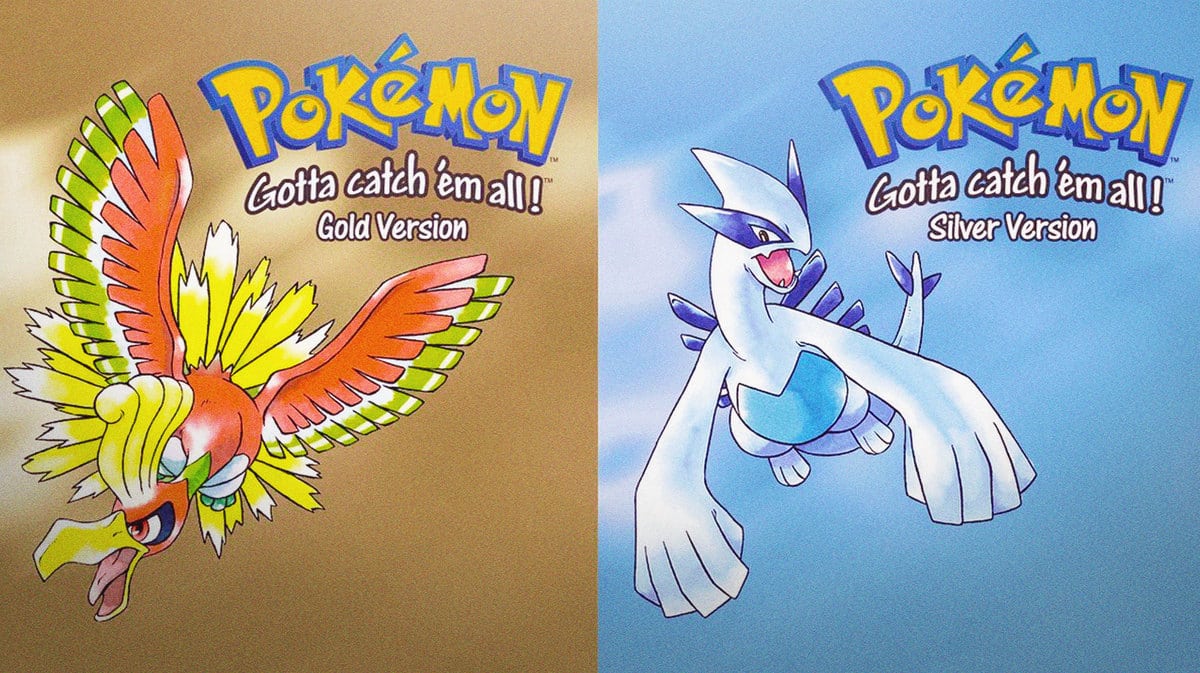
The financial success of Pokemon Gold & Silver, with revenues exceeding $1 billion, was enhanced by their fresh features that built upon the franchise's core mechanics. The introduction of a real-time clock that influenced events in the game world, along with a day-night cycle, added a new layer of realism and engagement. The implementation of Pokemon breeding and eggs introduced fans to new ways of obtaining and raising Pokemon, deepening the game's strategy and personalization.
Furthermore, Gold & Silver were celebrated for their expanded world, which included not only the new Johto region but also a return to the Kanto region from the first games, effectively doubling the scope of exploration and adventure for players.
Pokemon X & Y (2013, 3DS, $953 million):
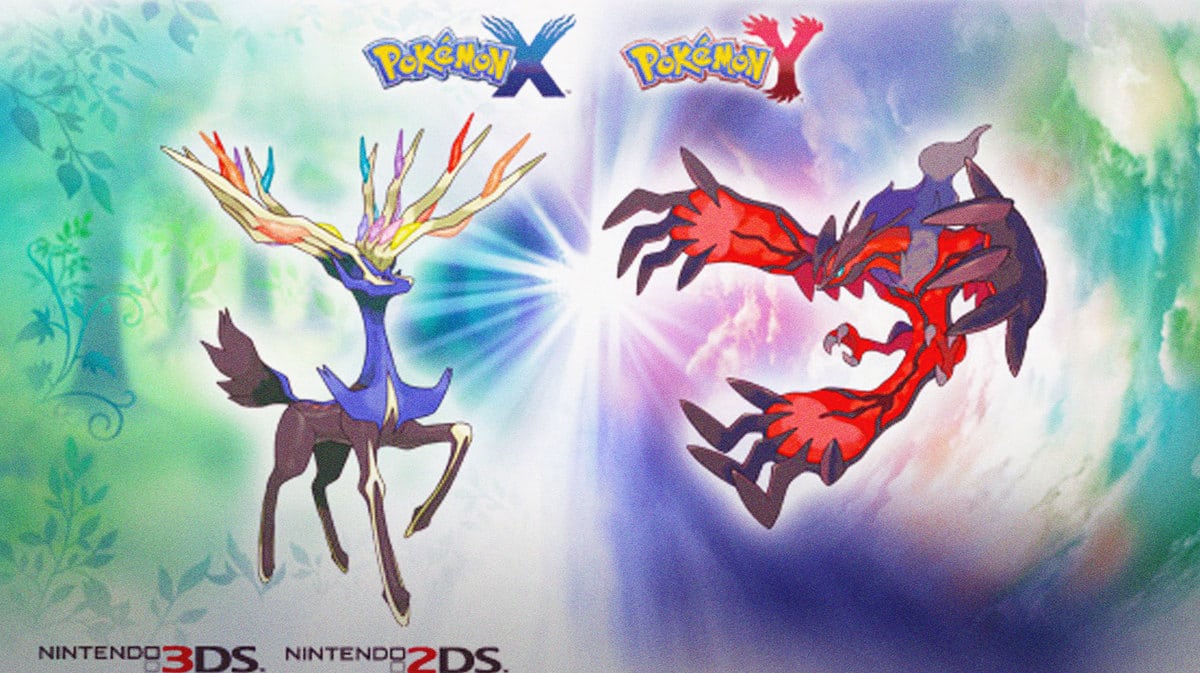
Pokemon X & Y achieved $953 million in revenue, bringing significant advancements to the franchise with a leap into 3D graphics and a new region inspired by France. The games introduced new features such as Mega Evolution and the Fairy type, which shook up the competitive battle scene and provided a new layer of depth to the series' already complex strategy.
The games also marked a major step forward in player connectivity with the introduction of the Player Search System (PSS), allowing players to connect globally for battles and trades with unprecedented ease. This connectivity, alongside the visual improvements and engaging story, helped to solidify X & Y as influential and memorable entries in the Pokemon series.
Pokemon Yellow (1998, Game Boy, $953 million):
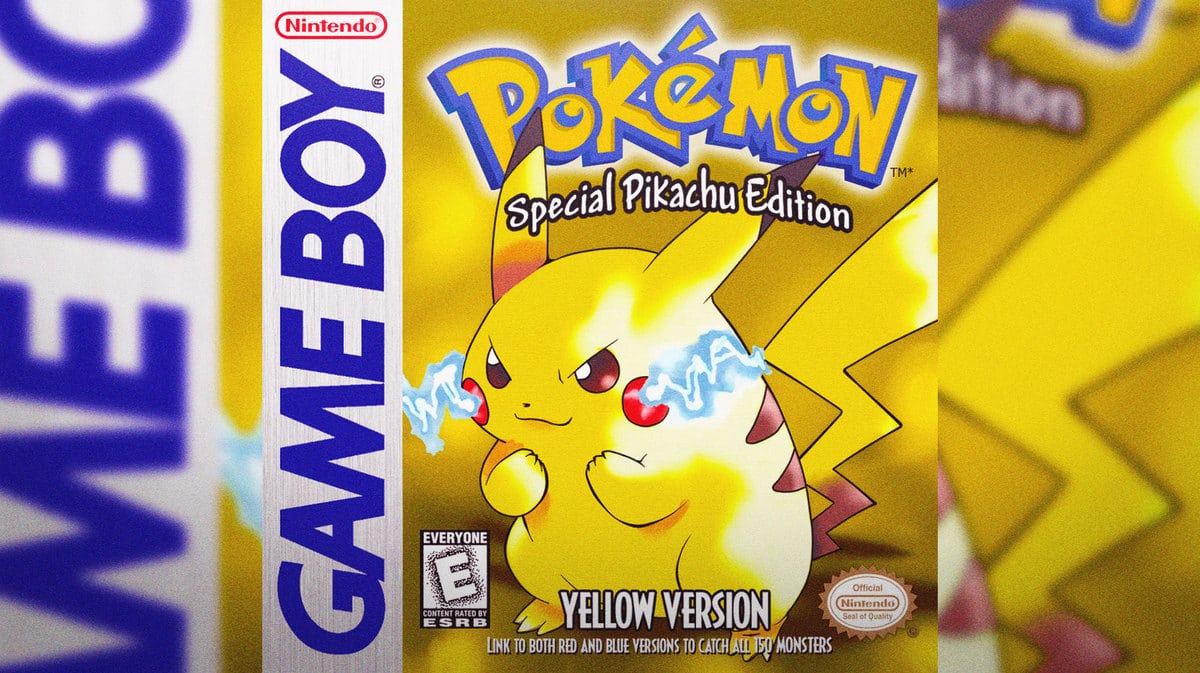
Matching the revenue of Pokemon X & Y, Pokemon Yellow, with $953 million, was notable for being a special edition that closely emulated the Pokemon anime series. The game featured a Pikachu that followed the player around, expressing a range of emotions and strengthening the bond between character and player.
The game took full advantage of the Game Boy Color's capabilities, offering improved graphics and sound over its predecessors. This unique blend of features made Pokemon Yellow an endearing and enduring part of the Pokemon game legacy, captivating players with its charm and engaging gameplay.
Pokemon: Let's Go Pikachu & Eevee (2018, Nintendo Switch, $953 million):
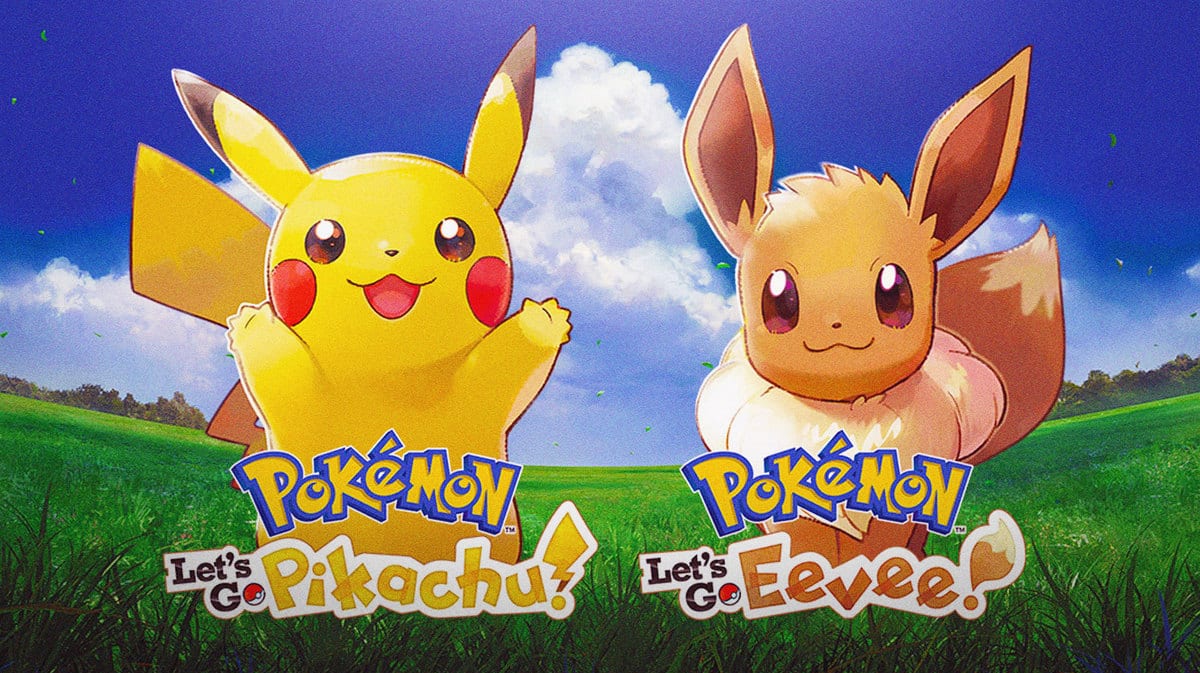
Pokemon: Let's Go Pikachu & Eevee tapped into both nostalgia and innovation to generate $953 million in revenue. These titles modernized the classic Pokemon Yellow experience for the Nintendo Switch, integrating motion controls and features from the mobile phenomenon Pokemon GO to attract a wider audience, including those new to the series.
The games were designed to be accessible to all players, merging the beloved elements of the original titles with modern mechanics. This blend of old and new, coupled with the co-op gameplay feature, allowed players to share the joy of Pokemon with friends and family, making Let's Go Pikachu & Eevee a pivotal point in the franchise.
Pokemon Brilliant Diamond & Shining Pearl (2021, Nintendo Switch, $903 million):
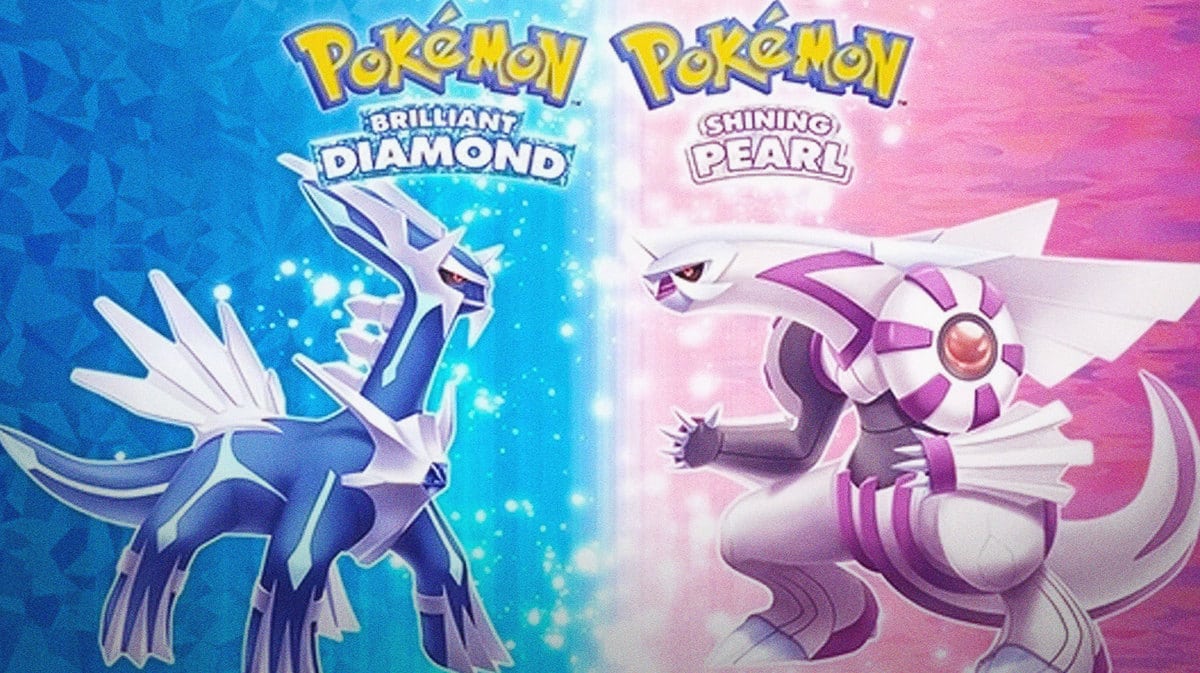
Earning $903 million, Pokemon Brilliant Diamond & Shining Pearl modernized the Sinnoh region for a new generation of players while staying true to the spirit of the original Diamond & Pearl games. The remakes provided updated graphics and enhanced gameplay features that aligned with the contemporary quality of life standards seen in modern Pokemon titles.
The titles were warmly received for their balance of faithfully recreating the nostalgia of the originals, with improvements like the expansion of the Grand Underground and Super Contest Shows. The fresh art style and the infusion of new, yet familiar gameplay elements ensured these remakes resonated with both long-time fans and newcomers.
Pokemon Sun & Moon (2016, 3DS, $879 million):
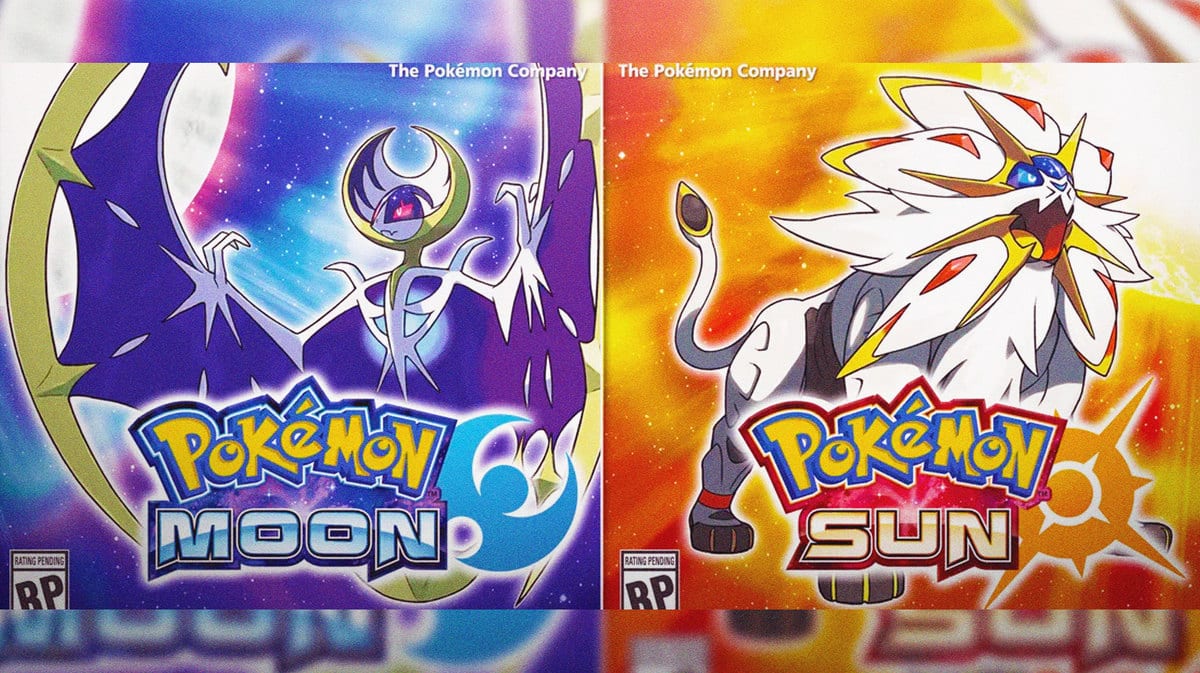
The $879 million revenue for Pokemon Sun & Moon was bolstered by their innovative take on the traditional Pokemon formula. Set in the Hawaii-inspired Alola region, these games replaced the standard gym battles with the Island Challenge, offering a series of culturally inspired trials that culminated in battles against powerful Totem Pokemon and Island Kahunas.
The introduction of new mechanics such as Z-Moves, along with the unique Alolan forms of classic Pokemon, enriched the strategy and variety of the series. These changes, along with a strong emphasis on storytelling and character development, offered players a fresh and diverse Pokemon experience.
Pokemon Diamond & Pearl (2006, DS, $778 million):

Pokemon Diamond & Pearl not only brought in $778 million in revenue but also significantly impacted the series by integrating online capabilities. The Nintendo DS's Wi-Fi Connection allowed players worldwide to connect for trading and battling, a revolutionary step for the series. This opened up the competitive scene, making it more accessible and varied than ever before.
The games were also critical in evolving the battle mechanics, introducing the Physical/Special split for moves, which greatly balanced and diversified combat strategies. Diamond & Pearl stood as transformative titles within the Pokemon franchise, fostering a global community and setting a new standard for competitive play.
Arthur Lambert, an expert from fr-casinospot, expressed astonishment at the series' success. He underscored Pokemon's ability to captivate players across generations, solidifying its status as a cultural and economic powerhouse in the gaming industry. With consistent profits from game sales, merchandise, and spin-offs, Pokemon continues to demonstrate its global appeal and financial strength.
This study reflects not just the financial achievements of the Pokemon series but also its evolution in gameplay, narrative, and technological advancements, appealing to a broad range of players and securing its place as a beloved and influential gaming franchise.

